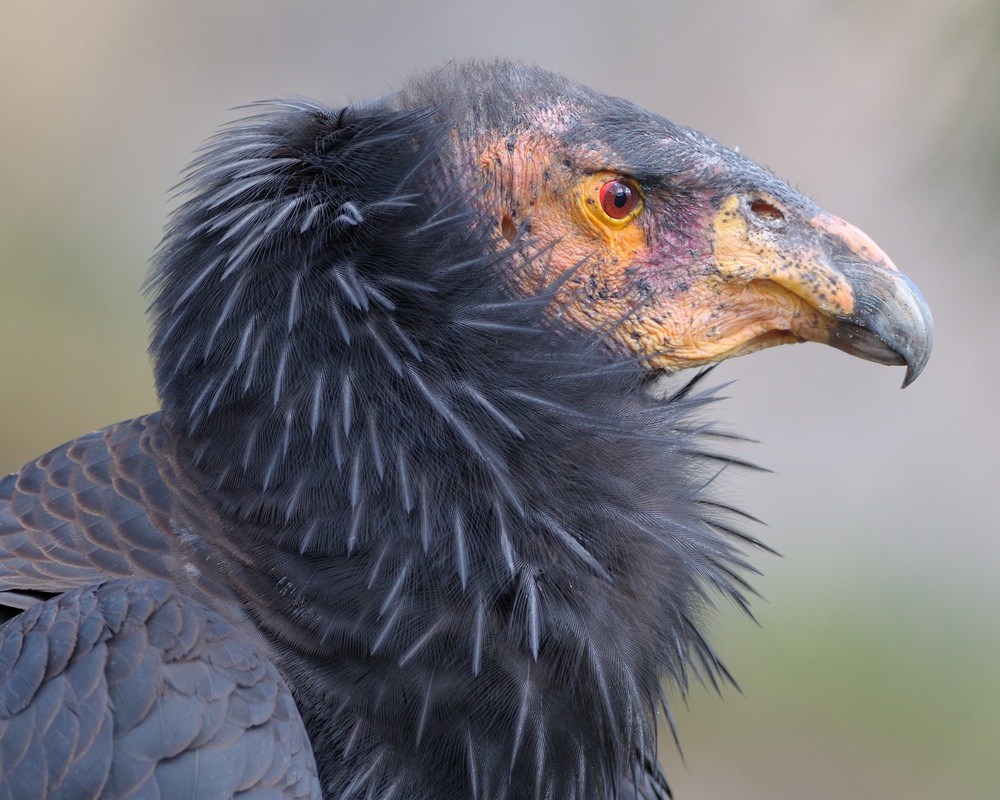
Shutterstock / George LamsonA California condor — is it expendable?
Is it OK to slaughter hundreds of thousands of birds every year in the name of clean energy? Is it OK for a luxury home developer to kill California condors in its quest for profits?
The Obama administration seems to think so. It is flexing little to none of the legal muscle needed to encourage wind energy companies to avoid killing eagles, hawks, and other birds that can be fatally drawn into their spinning turbines.
An Associated Press investigation revealed that the administration has never fined or prosecuted a wind farm for killing a bird. Many of the avian victims of the fast-growing wind sector are protected under the Migratory Bird Treaty Act, and some are protected by the Bald and Golden Eagle Protection Act.
An estimated 573,000 birds were killed last year in the U.S. by wind turbines, the AP reported, citing a study published in March in the journal Wildlife Society Bulletin. About 83,000 of those were estimated to have been raptors.
From the AP article:
Each death is federal crime, a charge that the Obama administration has used to prosecute oil companies when birds drown in their waste pits, and power companies when birds are electrocuted by their power lines. No wind energy company has been prosecuted, even those that repeatedly flout the law.
Wind power, a pollution-free energy intended to ease global warming, is a cornerstone of President Barack Obama’s energy plan. His administration has championed a $1 billion-a-year tax break to the industry that has nearly doubled the amount of wind power in his first term.
The large death toll at wind farms shows how the renewable energy rush comes with its own environmental consequences, trade-offs the Obama administration is willing to make in the name of cleaner energy.
“It is the rationale that we have to get off of carbon, we have to get off of fossil fuels, that allows them to justify this,” said Tom Dougherty, a long-time environmentalist who worked for nearly 20 years for the National Wildlife Federation in the West, until his retirement in 2008. “But at what cost? In this case, the cost is too high.”
And it’s not only the wind industry that’s getting a free pass. The Los Angeles Times reported Friday that the U.S. Fish and Wildlife Service agreed not to prosecute deaths of endangered California condors caused by two projects in California — one a wind farm being built in the Tehachapi Mountains, the other a luxury home, hotel, and golf-course development in the middle of condor country 60 miles north of Los Angeles. From the L.A. Times article:
Fish and Wildlife Director Daniel Ashe said the decision reflects a difficult reality. The threat of prosecution jeopardized the construction of large-scale alternative energy facilities and real estate developments in the wild and windy places preferred by condors.
“This is the first time we’ve authorized incidental takes of California condors — and we’re approaching them very cautiously,” Ashe said in an interview.
“The good news is that we have an expanding population of condors, which are also expanding their range,” he said. “We have to make sure that as the condor population grows, we are learning to work with local private businesses to fit a conservation effort into the landscape.”
The agency invited other wind farms to apply for similar permission.
Wildlife advocates and conservationists said the decision threatens the survival of the 150 free-flying condors in California and will weaken the concept of federally designated critical habitat for endangered species.
If wind energy firms are given free passes to kill federally protected birds, they’ll have less motivation to invest in wildlife-friendly technological advances, or to site their turbines in areas where bird strikes would be minimized. (And wind energy at least helps fight climate change, whereas there’s no public benefit from luxury real estate development.) Clean energy and wildlife can coexist, but such coexistence is going to take hard work, planning, research and development — and diligence and occasional heavy-handedness from the federal government.



